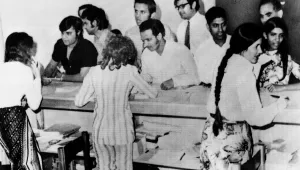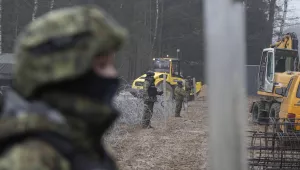Introduction
On 15 December 2015 the European Commission proposed a European Border and Coast Guard to protect Europe’s external borders and the Schengen area without internal borders. As 2015 comes to a close, the annual numbers of migrants smuggled to Greece and Italy and asylum claims lodged in Germany have passed a million, as well as the number of additional displacements produced this year by the conflict in Syria. Moreover, Europe’s Mediterranean shore has now the unchallenged title of the world’s most lethal border. Not only this. The migrant crisis is also putting to the test some of Europe’s most fundamental values, from the freedom of circulation within its territories, to international protection beyond.
The massive numbers of people risking their lives through a variety of sea-and-land routes to force their entry into Europe without a visa, raise three important questions.
First, what is the nature of the crisis? Is it a migrant or a refugee crisis? Are flows of people entering Europe irregularly in search of economic opportunities or are they seeking international protection? In the first case, there is a consensus among governments that they must be returned. In the second case, as soon as they lodge a claim for asylum, there is a legal duty to keep them until claims are fully processed.
Second, what triggered the crisis? Was it pull-factors in Europe or push-factors in the Middle East? Did we attract the migrants by opening our doors too wide or were they set on the move across EU borders by forces beyond our control? In other words, where should we search for a response: within or outside Europe?
Third: how can we best get out of the crisis? Can we foresee future developments, gauge the sustainability of measures taken in a moment of great confusion and anticipate their possible outcomes, wanted or unwanted?
A close look at the facts brings some answers to these questions.
To continue reading, download the full policy brief here.
Fargues, Philippe (2015), 2015 : the year we mistook refugees for invader, Migration Policy Centre Policy Brief, Robert Schuman Centre for Advanced Studies, European University Institute: http://cadmus.eui.eu//handle/1814/38307





